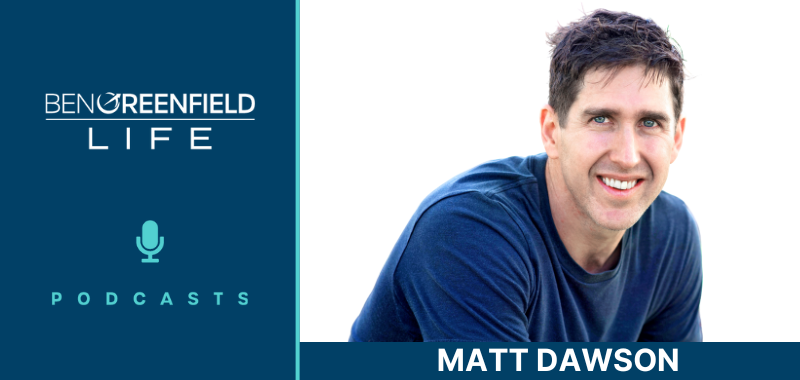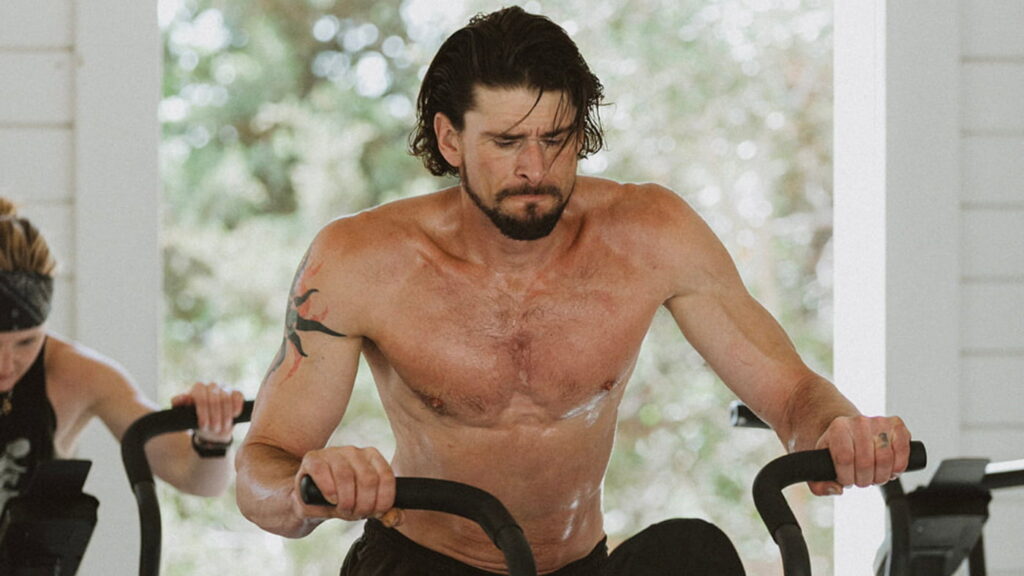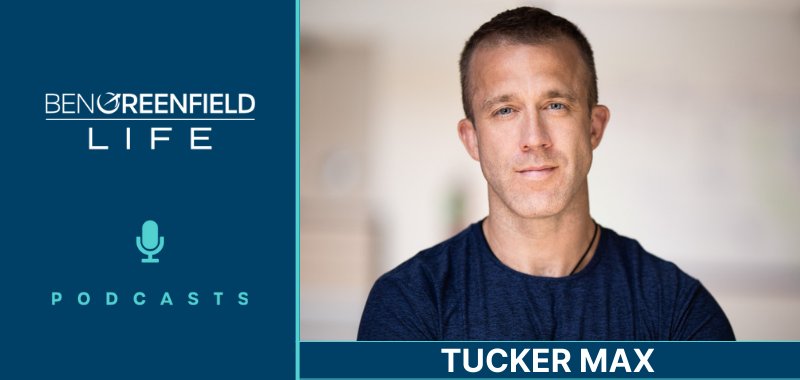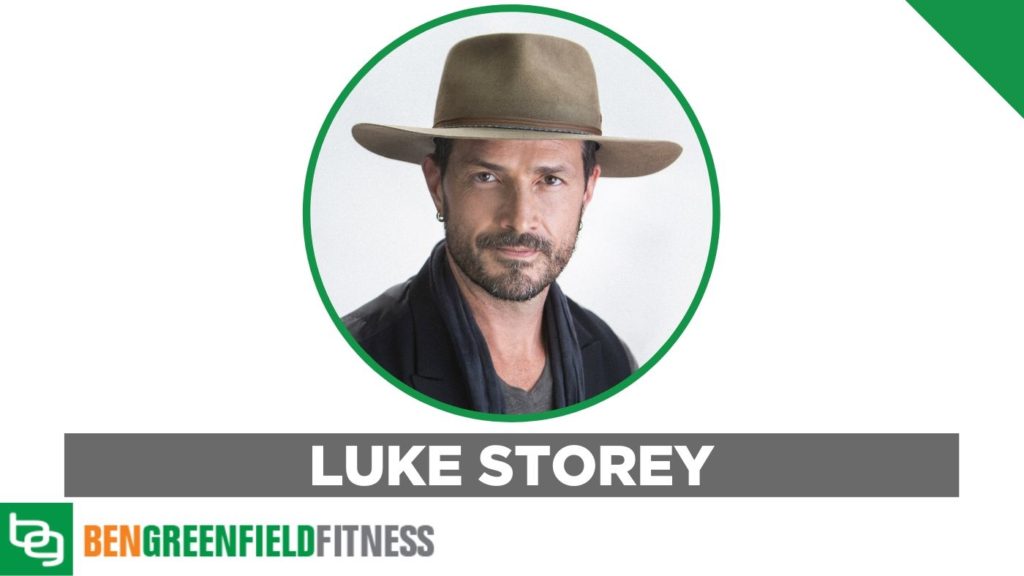January 30, 2016
Click here for the full written transcript of this podcast episode.
Have you ever dealt with frustrating wrist pain or carpal tunnel or tennis elbow or golfer's elbow or climber's elbow – pain that is aggravated by typing and computer work?
Have you ever wished you could walk one, five or ten miles while still being able to work on a book, a project, or a paper?
Have you ever wished you could simply talk your thoughts into existence, and have them appear in your emails, documents, books and more?
Then today's podcast episode is for you.
——————–
Before jumping into today's episode, let's take a look at folks who have abandoned traditional methods of simply sitting down to produce, create and be productive.
The list of historical figures who have used standing desks is veritable “who’s who”. Here is just a brief snapshot of famous folks, writers, and inventors who leveraged the standing desk’s benefits throughout history.
For example, Leonardo da Vinci painted the Mona Lisa while he stood at his standing desk. Da Vinci also stood at his desk while sketching new inventions, including parachutes, flying machines, and armored vehicles.
The standing desk also made its appearance in one of the world’s oldest colleges, the University of Cambridge, founded in 1209. Standing desks were first recorded as being used in the library in 1626, and the idea of writing while standing was placed at the epicenter of intellectual thought.
Napoléon Bonaparte also used a standing desk and found it conducive to quick thinking and strategizing for battle.
Thomas Jefferson also used the standing desk while composing documents, including the Declaration of Independence (he actually developed a six-legged adjustable standing desk, and was one of the first known people to use an adjustable standing desk).
Charles Dickens' workspace where he penned such timeless classics as Oliver Twist, A Christmas Carol, and A Tale of Two Cities. is described as having “books all round, up to the ceiling and down to the ground; a standing-desk at which he writes; and all manner of comfortable easy chairs.”
Winston Churchill was often seen writing at his standing desk. Ernest Hemingway’s fashioned a standing desk out of a bookcase near his bed.
Honest Abe Lincoln was never too far from his trusty standing desk. He used it to deliver the Emancipation Proclamation and is famously quoted as saying ‘Verily, 'tis my standing desk that gave me the inspiration to end this wicked and iniquitous trade.'
In addition to standing while writing, both dictating while writing is also something famous authors have done. For example, in her book The Productive Author's Guide to Dictation: Speak Your Way to Higher (and Healthier!) Word Counts, author Cindy Grigg reports:
“Leo Tolstoy received one of the earliest dictaphone prototypes. To this he replied that the “Ediphone” was impressive but “too dreadfully exciting” for his methods. Instead, he seemed to favor dictating to his daughter Alexandra or even house guests. Fyodor Dostoyevsky reportedly struck a bargain with his publisher to pay off his and/or his brother’s debts. The deal required that the author submit his manuscript for The Gambler in short order. To do so, he employed stenographer Anna Grigorievna, who gave him collaborative feedback as well. He finished the manuscript in four weeks then married Anna.
“Thomas Hardy dictated his wife Florence Hardy’s ‘biography’ about himself to her, seemingly to retain control of the account. Like many authors, Hardy also dictated once he became ill. Stricken with pleurisy, he spoke his last poem to his wife Florence.
John Milton was blind when he created Paradise Lost, dictating the epic poetical work to his several daughters. This inspired paintings of him and his daughters by artists George Romney, Delacroix, and others.
Alexander Dumas was rumored to never touch up his drafts, having served as a historian, which had given him practice in thinking about what he wanted to say before he dictated it.
Michel de Montaigne , an acclaimed 16th-century essayist, dictated his journal and possibly other writings.
Henry James referred to his hired transcriptionists as amanuenses, needing to contract such help at least partially due to rheumatism in his wrist. One of them, Theodora Bosanquet, recorded in her diary, “Indeed, at the time when I began to work for him, he had reached a stage at which the click of the Remington machine acted as a positive spur. He found it more difficult to compose to the music of any other make. During a fortnight when the Remington was out of order he dictated to an Oliver typewriter with evident discomfort, and he found it almost disconcerting to speak to something that made no responsive sound at all.”
William Wordsworth was a kindred spirit to mobile writers such as myself. He ‘wrote’ Tintern Abbey mentally on a “ramble of four or five days…Not a line of it was altered, and not any part of it written down till I reached Bristol.” Thanks to transcriptionist Isabella Fenwick, he also dictated The Fenwick Notes commentary about his poetry. Of his long poem The Excursion, Wordsworth mentions, “Something must now be said of this poem, but chiefly, as has been done through the whole of these notes, with reference to my personal friends, and especially to her who has perseveringly taken them down from my dictation.”
Charles Dickens was rumored to act his characters out in front of a mirror, giving vocal dramatizations of dialogue and text. In 1882, The Brooklyn Daily Eagle published an interview with someone who claimed to be Dickens’ amanuensis, describing him this way: “‘Yes, I did shorthand work for Mr. Dickens for eighteen months. I did not take dictation for any of his novels, only his fugitive pieces…Most people seem to think Dickens was a ready writer. This is by no means the case. He used to come into his office in St. Catherine Street about eight o’clock in the morning and begin dictating. He would walk up and down the floor several times after dictating a sentence or a paragraph and ask me to read it. I would do so, and he would, in nine cases out of ten, order me to strike out certain words and insert others. He was generally tired out by eleven o’clock, and went down to his club on the Strand. A singular thing was that he never dictated the closing paragraphs of his story. He always finished it himself. I used to look in the paper for it, and find that he had changed it very greatly from what he had dictated to me. Dickens had a very odd habit of combing his hair. He would comb it a hundred times in a day. He seemed never to tire of it. The first thing he did on coming into the office was to comb his hair. I have seen him dictate a sentence or two, and then begin combing. When he got through he dictated another sentence.”
Bram Stoker was himself a secretary and director of London's Lyceum Theatre, as well as a manager for Henry Irving. His own experiences may have influenced how several chapters of Dracula are dedicated to asylum director Dr. Seward recording dictations on a phonograph, to the chagrin of Mina Harker, who typed them up as soon as possible, believing the veracity and emotion of the audio to be too much for other readers to bear. “I have copied the words on my typewriter, and none other need now hear your heart beat, as I did.”
Dictation is also mentioned in Stoker’s The Jewel of Seven Stars. Stendhal (the pen name for Marie-Henri Beyle) dictated The Charterhouse of Parma in seven weeks, 52 consecutive days–another kindred spirit to Marcel Proust dictated the Death of Bergotte to Celeste Albaret on his death bed, even though it was already finished, saying it needed to be written a second time. He supposedly explained, “I didn’t yet know what it’s like to die when I wrote it. I know it more now.”
James Joyce found inspiration in a random happening while dictating Finnegan's Wake. While recording the story, Joyce was interrupted when someone came to the door and was welcomed with a phrase like, “Come in,” which Joyce thought worked well in the manuscript so he left it in his draft.
Thomas Aquinas was apparently so skilled at dictation that he gave observers the impression he could speak on several topics at once to multiple scribes and even to dictate in his sleep.”
In today's podcast, we're going to delve into how you too can be more productive, build endurance, maintain muscle, and burn more calories, all while writing from a standing desk and / or while dictating.
———————–
My guest, author J.F.Penn, is the New York Times and USA Today bestselling author of thrillers on the edge, as well as bestselling non-fiction for authors published under Joanna Penn.
Joanna’s site for writers, TheCreativePenn.com has been voted one of the Top 10 sites for writers three years running. She is a professional speaker on creative entrepreneurship, digital publishing and internet marketing, and was voted one of The Guardian UK Top 100 creative professionals 2013.
During our discussion, you'll discover:
-How Joanna developed chronic repetitive motion injuries in her wrist, and why ergonomic keyboards and an ergonomic computer mouse weren't working for her…
-Why Joanna decided to go way above and beyond simply using a standing workstation or treadmill desk…
-How Joanna is simultaneously working on multiple books while also training for an ultramarathon…
-Whether you can really, truly be creative while standing or walking, and why it's a myth that you need to sit to write effectively…
-The exact tools, microphones and software that Joanna has found to work very well for dictation…
-A book that will teach you exactly how to dictate quickly and effectively…
-How to “train” your computer to recognize your voice and accent…
-How to enhance productivity with ambient noise and focus apps…
-And much more!
Resources from this episode:
–Joanna Penn's Amazon book page
–The Productive Author's Guide to Dictation: Speak Your Way to Higher (and Healthier!) Word Counts
–Audio-Technica ATR2100-USB Cardioid Dynamic USB/XLR Microphone
–Dragon Dictate software for dictating
-Dragon Anywhere cloud software
–Scrivener software for writing/organizing books
–Kevin J. Anderson (an author who dictates while walking 4+ hours per day)
–Ben Greenfield's fiction book “The Forest”
–The Focal Upright Website (this is a place where you can also get the “Mogo” stool or the Locus seat we talk about)
–The Kybounder balance deskmat
–Yoga For The Upright Desk article
Do you have questions, comments or feedback for Joanna or I? Leave your thoughts below and one of us will reply!














LOVE Joanna Penn, her voice, her vocabulary, her helpful bright demeanor <3 What once mentally stood in the way of my health, can actually launch it into overdrive! I write early morning and late at night so it doesn't interfere with my sun time :D but NOW…. Oh, so many possibilities, thank you!! Love you too Ben Greenfield! Are there more writer podcasts? I would love to devour them all. Have a beautiful morning, afternoon and night and week ahead!
I’m all about the standing desk when I write. But now I need to try recording my voice for blog posts and book drafts. If it saves hours like Joanna says, then this is a no brainer!
There are several Dragon Dictate versions. Which one do you recommend?
As best I can tell, only the premium versions allow dictation with the mp3 drag and drop. The home versions don’t appear to support this.